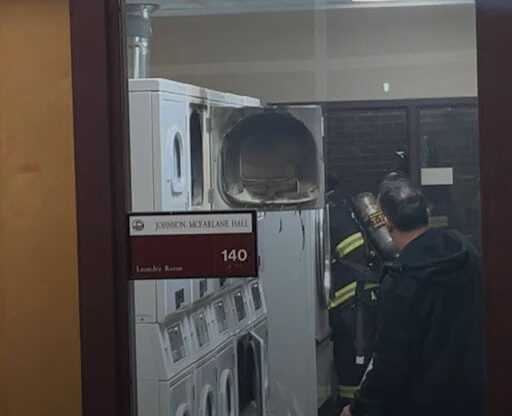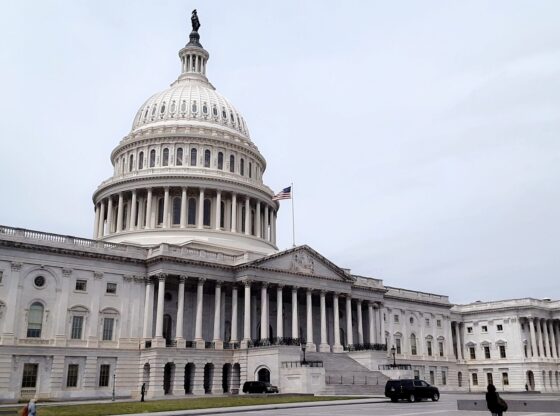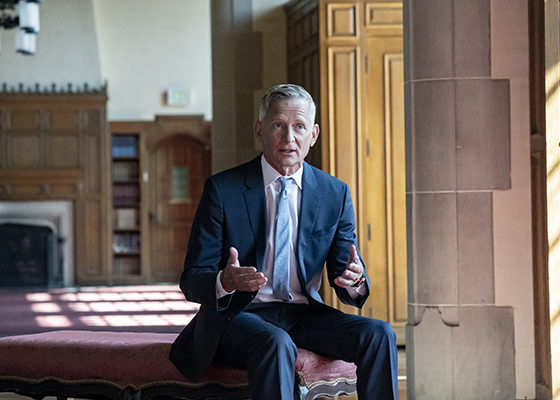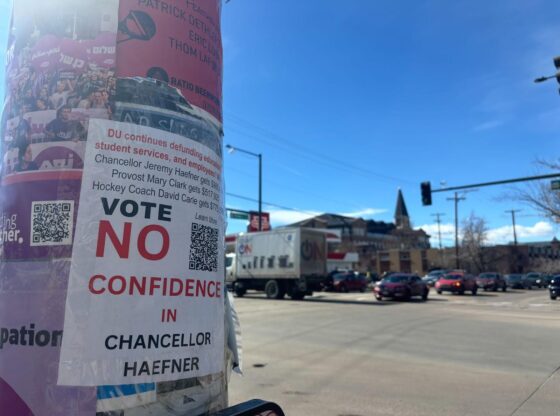The center of the Earth is ironically one of Earth’s greatest mysteries. While it’s unlikely that a whole world of giant bugs and lizards exists beneath our feet like the “Journey to the Center of the Earth” movies suggest, scientists are not entirely sure what is going on down there either. The latest discovery related to Earth’s core is almost as shocking as finding a world of giant bugs; Earth’s core has stopped turning and is about to flip in the other direction.
Scientists at China’s Peking University were studying historical seismic activity when they realized that the rate of change in seismic activity from the Earth’s core has slowed dramatically in the last ten years. Typically, the core of the Earth rotates faster than Earth’s mantle, creating changes in seismic activity every decade. Researchers Yi Yang and Xiodong Song found that this rate of change has been slowing since the 90s, and has almost completely stopped since 2010. So what does that mean for all of us living 4,000 miles above?
Fortunately, this is not the first time this has happened. The core is so inaccessible it is difficult to be certain, but Yang and Song believe it is part of a 70-year cycle and not likely to cause any catastrophic changes to life on Earth. However, the core is a ball of metal the size of Mars controlling the poles of our planet, so there will be some noticeable changes as it shifts direction beneath us.
For instance, we can expect minor changes in the length of a day, as well as slight changes to Earth’s magnetic field. The more noticeable changes will be in average sea level and global temperature shifts as the center of gravity changes. For the average person, these changes will be barely noticeable, but the longer-term implications of this change in the core’s rotation are not yet understood. Essentially, the core stopping is not the end of the world (most likely).
Although these changes will not result in the apocalypse, it does beg an interesting question; why are we so prone to imagining things of this nature as the end of days? A recent survey by Pew Research Center suggests that 41% of American adults believe we are “living in the end times.” There are many reasons Americans specifically might be more likely to expect the apocalypse sooner rather than later.
America has a high population of Christians whose religious texts make it clear that the end of days is a ‘when’ rather than an ‘if,’ and Hollywood is known for its slew of apocalyptic movies in the last two decades. We are inundated with warnings of the apocalypse from every front; politics, religion, science and media all see different causes for our doom. Despite the decades-long presence of these warnings, the amount of Americans who see the end of days as a threat in their lifetime has jumped dramatically since 2016, when only 11% of Americans believed they were living in the end times. What changed?
Most notably, the COVID-19 pandemic has changed people’s perception of how far the end of the world may be. The isolation, mask mandates, supply disasters, mass death and illness of COVID-19 certainly felt apocalyptic at times. Living through that creates generational trauma. Earth feels less secure. It’s no wonder we’re keener to hear “the core stopped turning” and assume the worst.
At least this time we know the scary headlines and dramatic tweets do not mean the world is about to end. There’s always more to learn about the Earth’s core, but unlike pandemics and climate disasters, it is not an imminent threat. The pandemic may have felt like the Earth coming to a standstill, but now we know when the world stops turning, metaphorically or literally, we can still come out okay.











